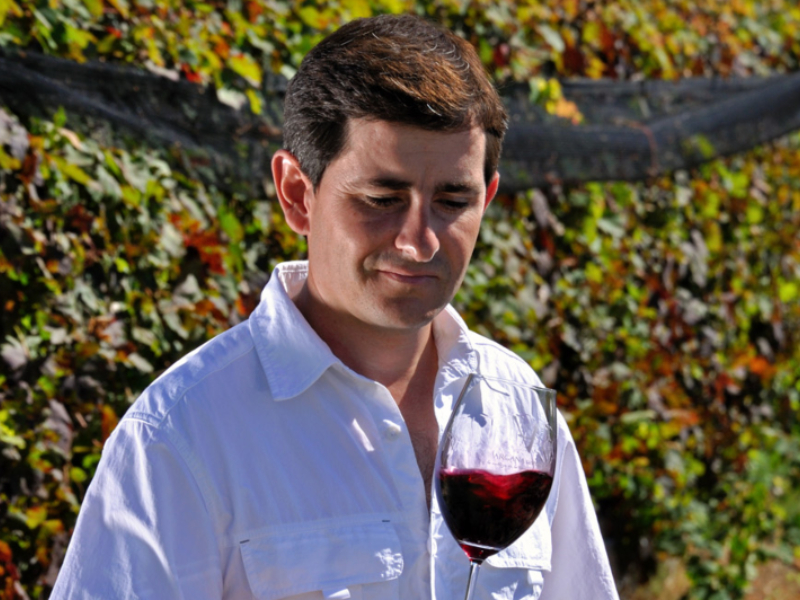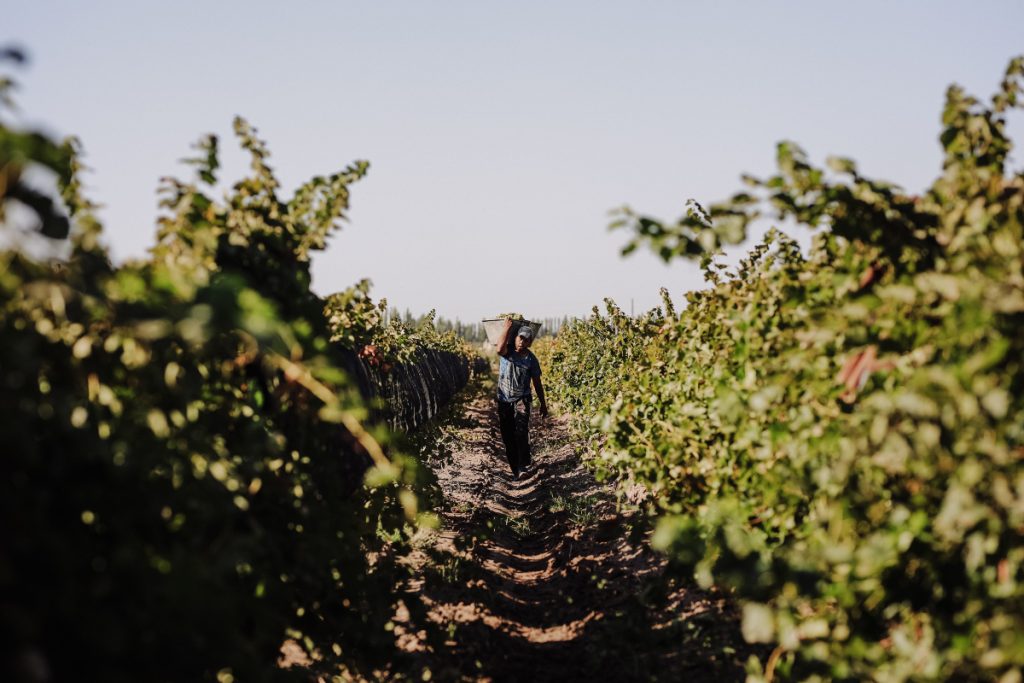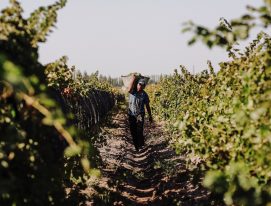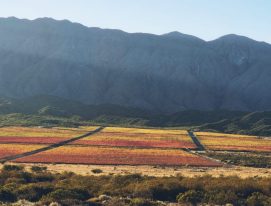In San Rafael, Mendoza Province – 150 miles from the provincial capital – the legacies of long-established producers overlap with more recent small enterprises that seek to bring out the characteristics of a terroir of sandy soils and a challenging climate. The wine region has an exceptional character replete with both valleys and sand dunes encompassing over 60 wineries and about 12,170 hectares of vineyard, according to data from the San Rafael Chamber of Tourism.
The virtues of San Rafael
“The environment is reflected in every wine. We have highly educated experts, oenologists and engineers, and the right climate for winegrowing at altitudes of between 2000 to 2600 feet above sea level with abundant water but scarce rainfall, all of which makes San Rafael very sought after,” says Edgar Ibarra, the commercial manager at Bodega Ibarra.

Regarding their products, María Fernanda Gallardo, the co-founder of Heracles Wines, says: “The wines made in the terroir are fresh and sparky with balanced acidity and great depth in the mouth.” What is so distinctive about the Mendozan region? The mineral rich, deep alluvial soils and a climate of sunny days and cool nights. The combination allows for slow ripening of the grapes, which helps to develop intense aromas and flavors as well as balanced acidity.
“It’s one of the best areas in which to grow grapes and was chosen by some of the pioneers of the wine industry such as the Arizu family, who dug irrigation channels to bring water from the Atuel River to their land,” says Rubén Elián Arroyo, a partner and oenologist at Bodega Argana. “We have the luck to have two rivers (Atuel and Diamante) which supply water to the whole area, something that is fundamental for the development of vines and fruit. Our area is also surrounded by an ancient low mountain chain called the Sierra Pintada, which shelters the region from the wind,” he adds.

The varieties of San Rafael
Regarding the varieties that thrive in San Rafael, opinions differ. However, many agree that the “area is especially well known for its Malbec, which stands out for its depth and richness, as well as its unique capacity to express the terroir of southern Mendoza. The variety, together with Cabernet Sauvignon, Chardonnay and Criolla varieties such as Moscatel Rosado, Pedro Giménez and Criolla Chica, greatly enjoys the climatic conditions and soils of the region. As a result, they produce balanced wines with notable aromatic intensity,” says Matías Padín, the head of Marketing and Communication at Bodega Jorge Rubio. The region also produces excellent white grapes such as Chenin Blanc.

“A lot of interesting varieties find this an excellent terroir to grow in. Bonarda does extremely well, as do grapes such as Malbec, Cabernet Sauvignon, Chardonnay and even non traditional and new varieties,” says Inés Urruspuru, a partner and manager of Makila Bodega.

A generous terroir
Of course, the south of Mendoza is vast and there are a range of sub-regions that are worth identifying when looking for great wines. “To the far south, the Department of General Alvear is the most arid and has the lowest average altitude, but as the location of Finca El Desvío, it’s the home of our most distinguished wines. The area has an exceptional terroir defined by alluvial soils and significant thermal variations, key factors in the development of wines that capture the essence, richness and diversity of the region,” says Padin.
Ibarra, in contrast, says that Rama Caída, the valley between the Atuel and Diamante Rivers, has historically been the preferred location of wineries and vineyards. It’s one of the coolest areas in San Rafael and the gentle breeze that sweeps over the ground makes it the perfect place to be on a summer evening, explaining why the corridor is home to a wide variety of activities and attractive oeno-gastronomic experiences.
The future of San Rafael
Although the south has plenty of history, winemakers have a clear vision of the future: they believe in the region’s identity and that it will produce even better quality wines. “Innovation in cultivation and winemaking techniques together with efficient water management, our most precious resource, and profound respect for traditions, will make the south of Mendoza a leading light on the global wine scene,” says Padin. Arroyo adds: “We’re working very well on improving technology in the vineyards and the wineries.
Some very interesting small enterprises have appeared, which are achieving excellent quality.” As a tourist destination, “It’s a region of great viticultural potential that, combined with nature tourism, could well be developed widely and consolidate its distinctive style,” says Urruspuru.
“San Rafael is a unique and outstanding viticultural region with a rich winemaking tradition. The vast viticultural history of the region is deeply rooted in the local culture and makes its presence felt in every bottle, combining heritage with new ideas,” concludes Padin.



